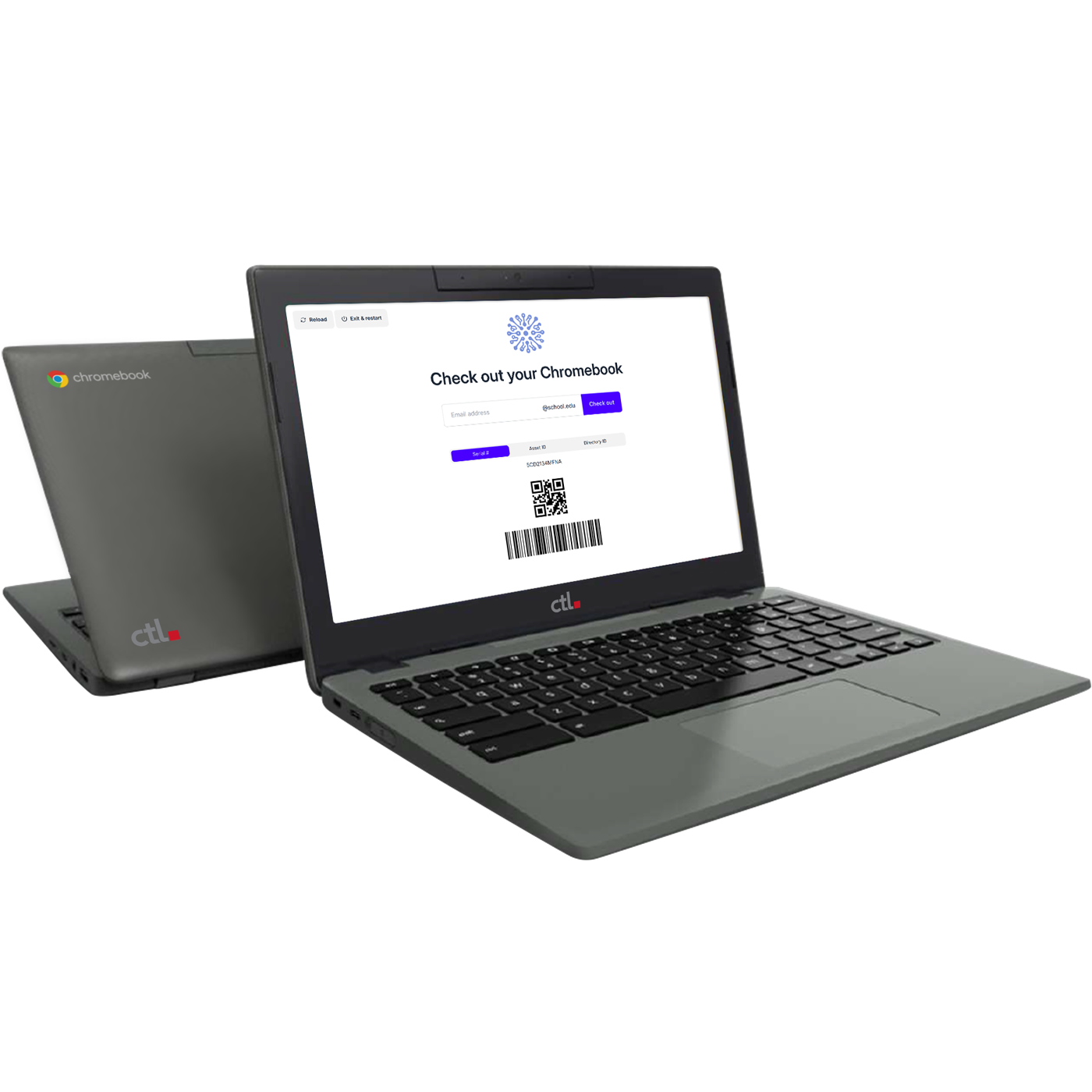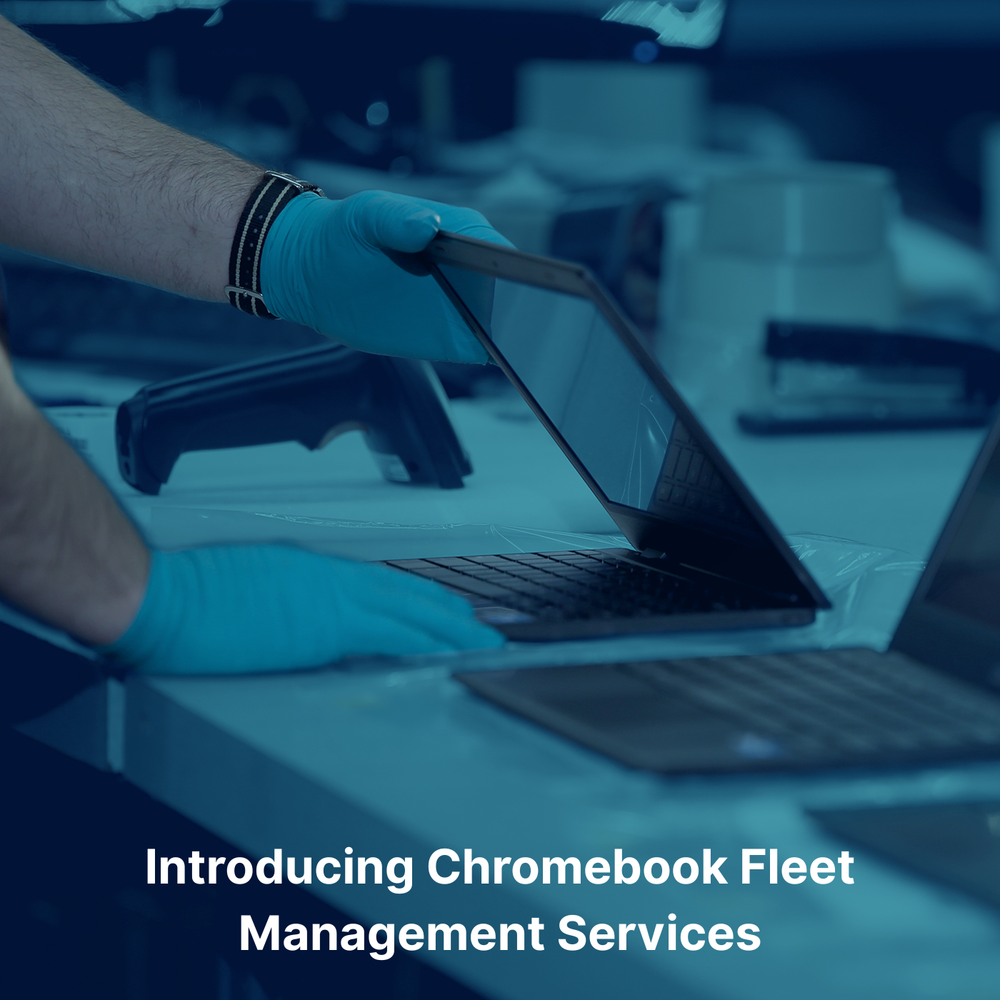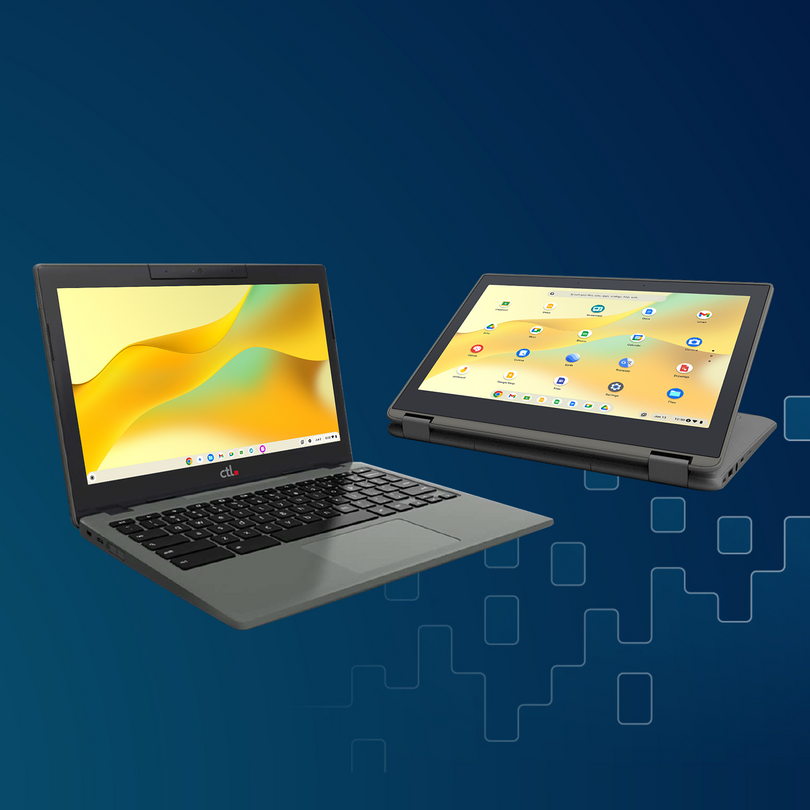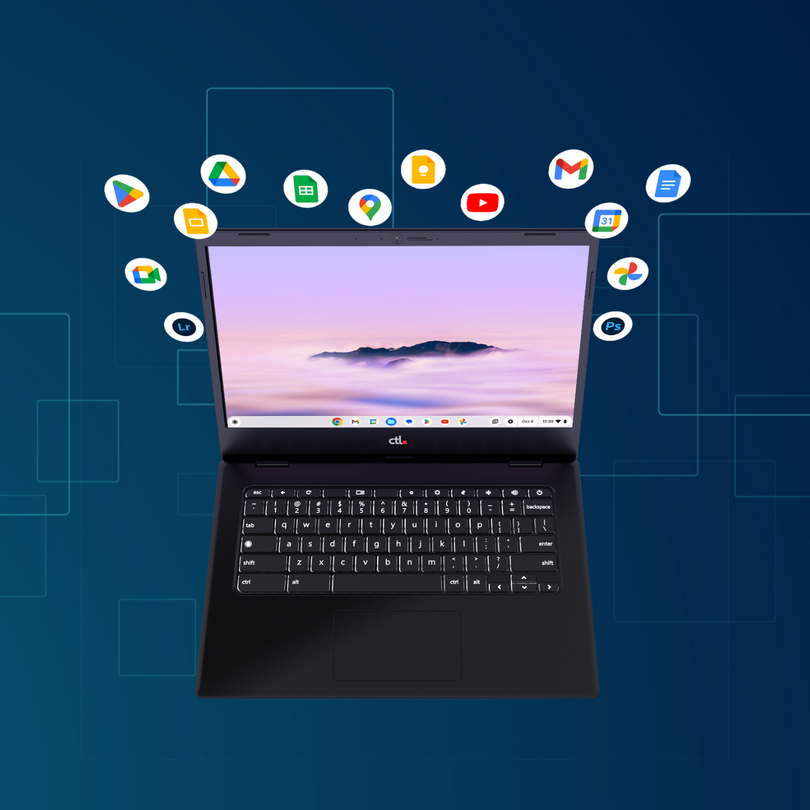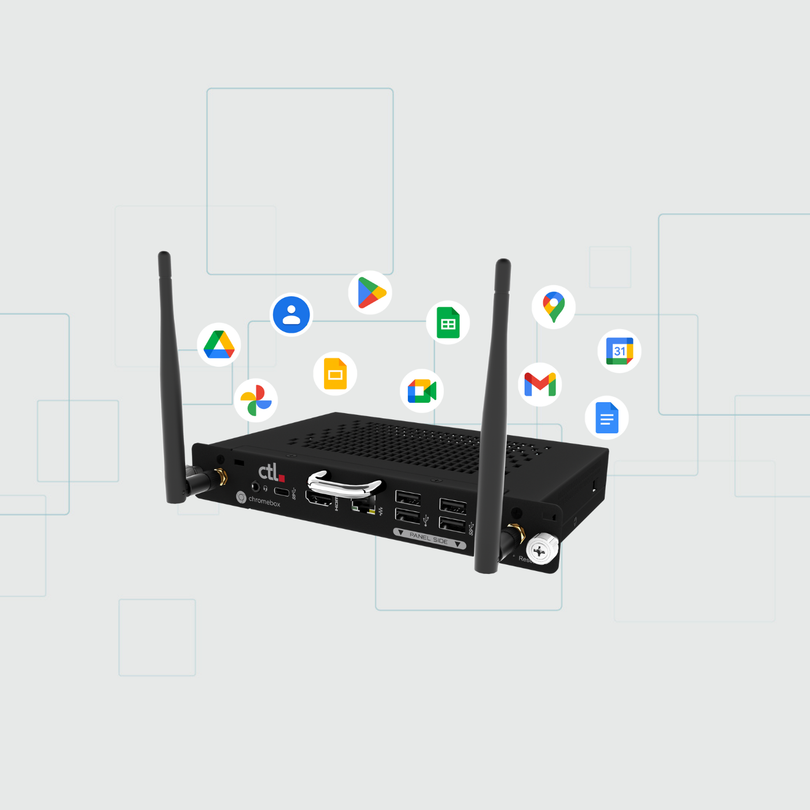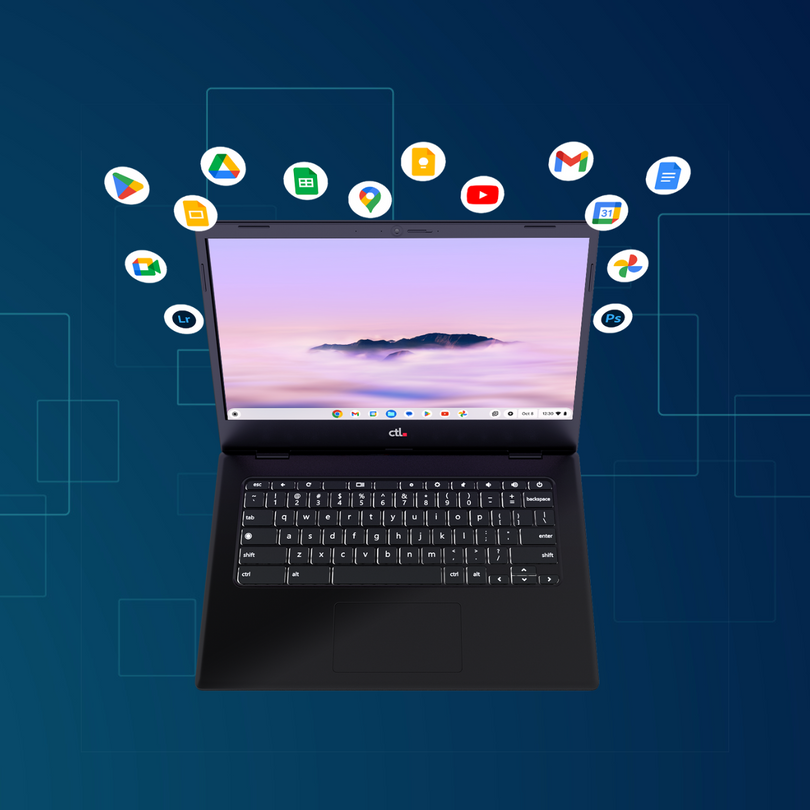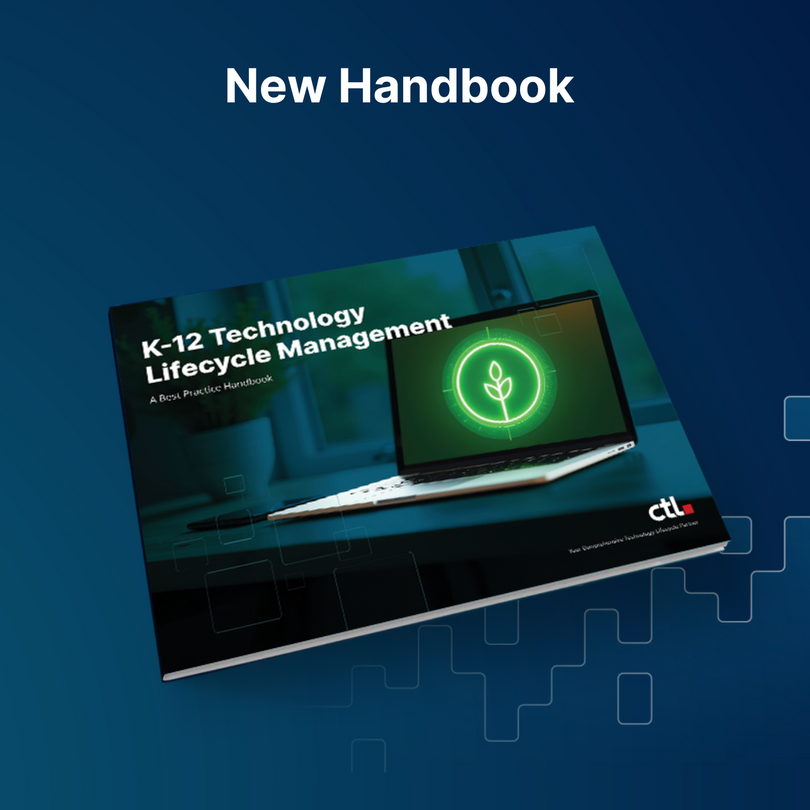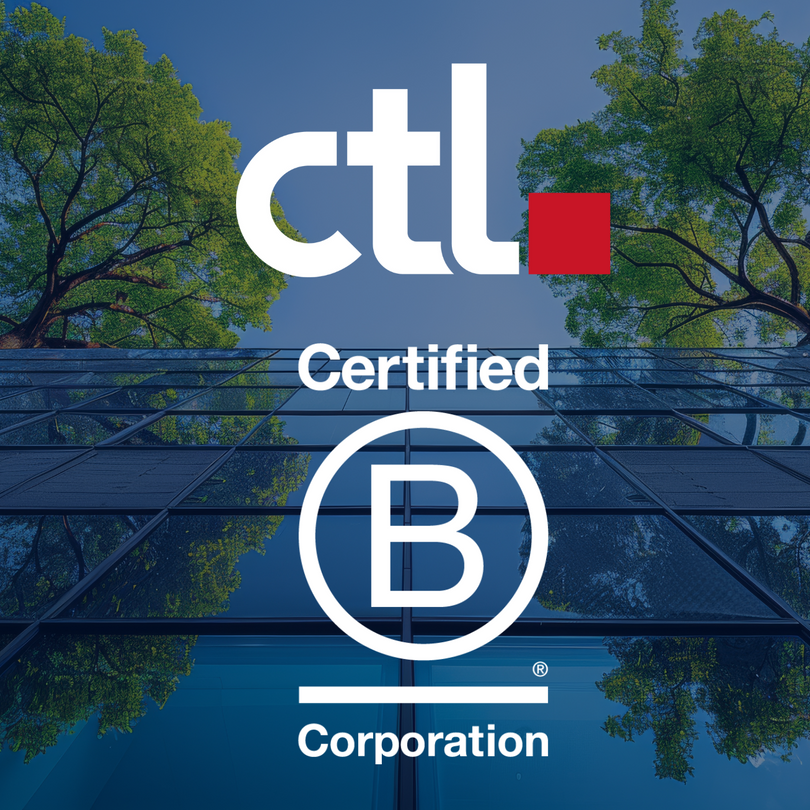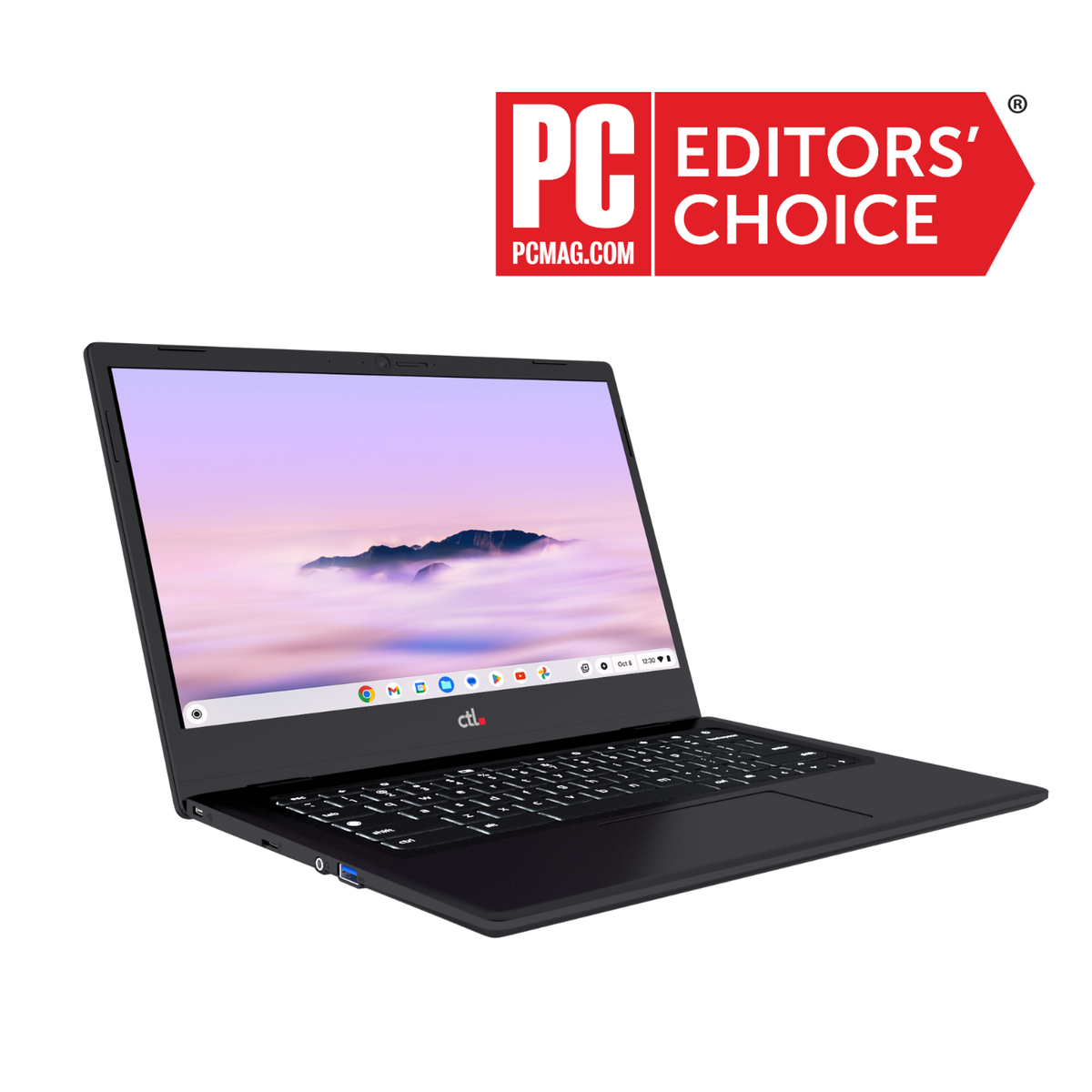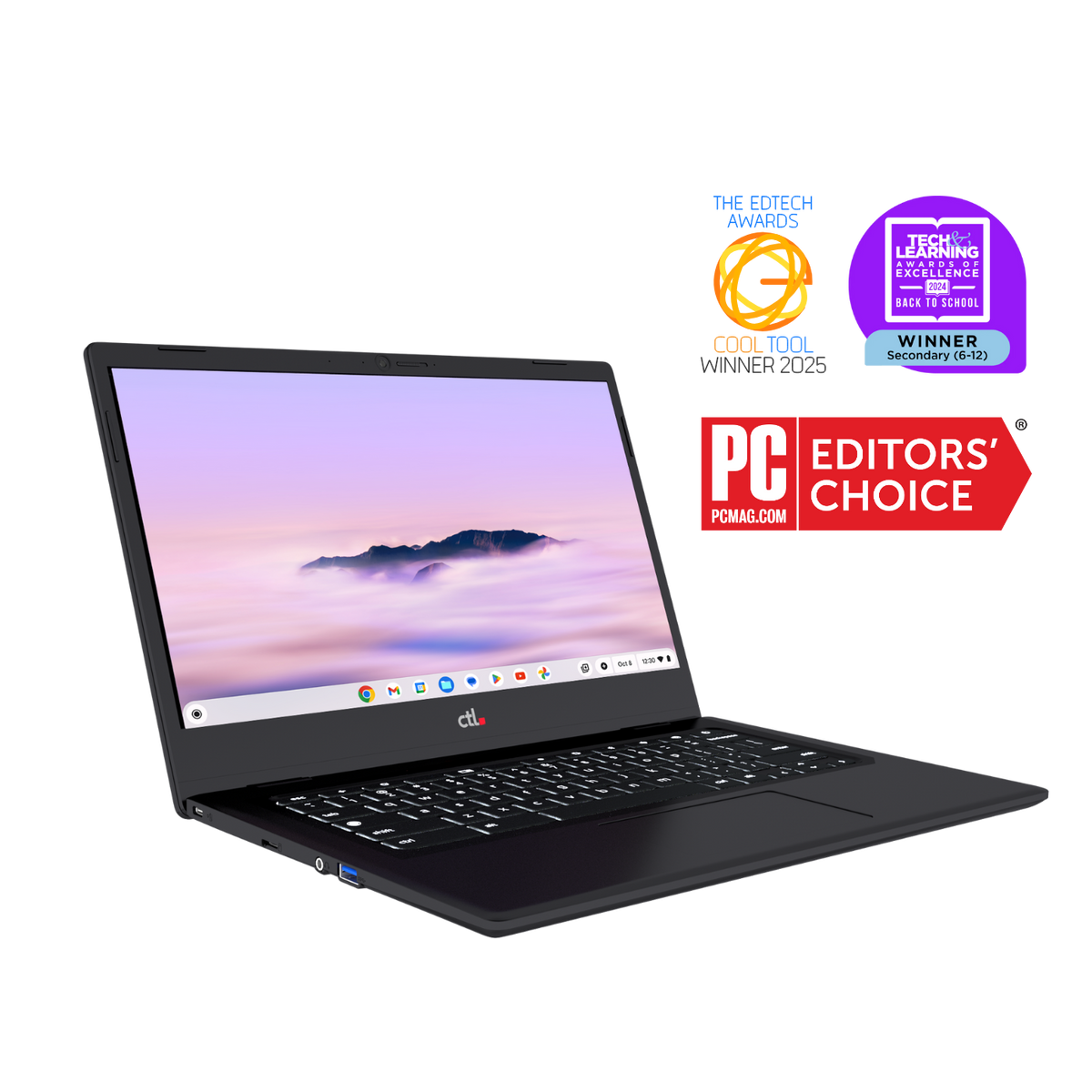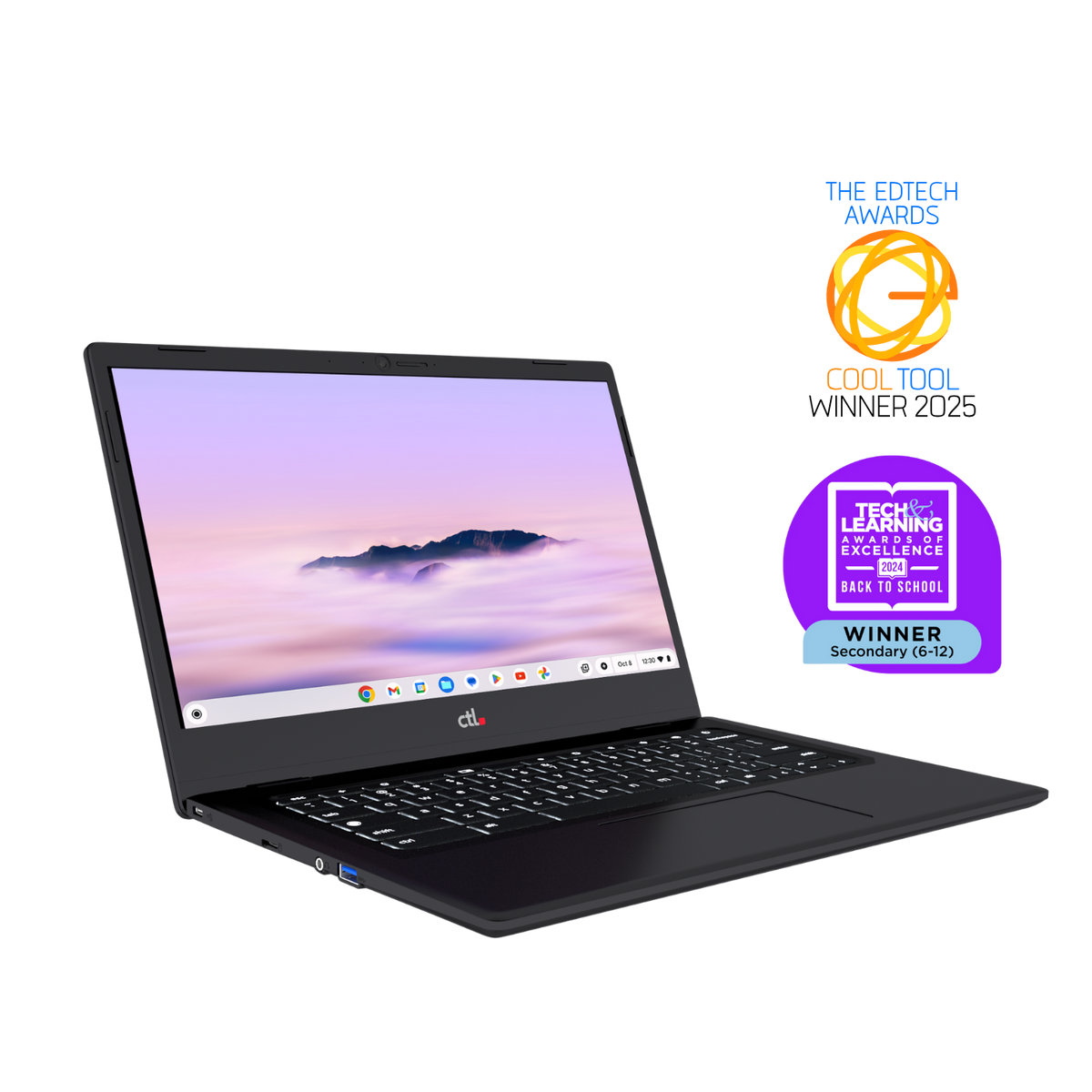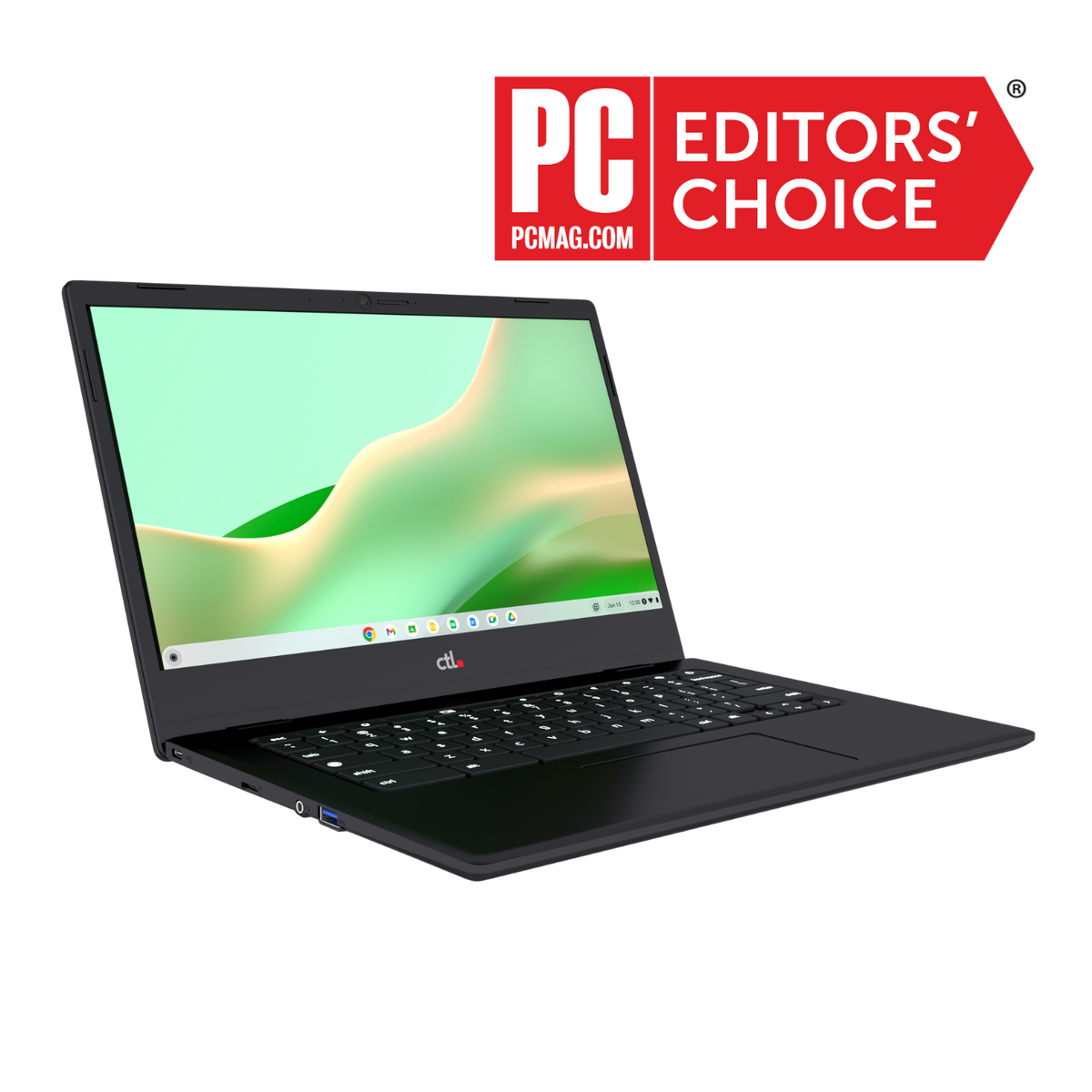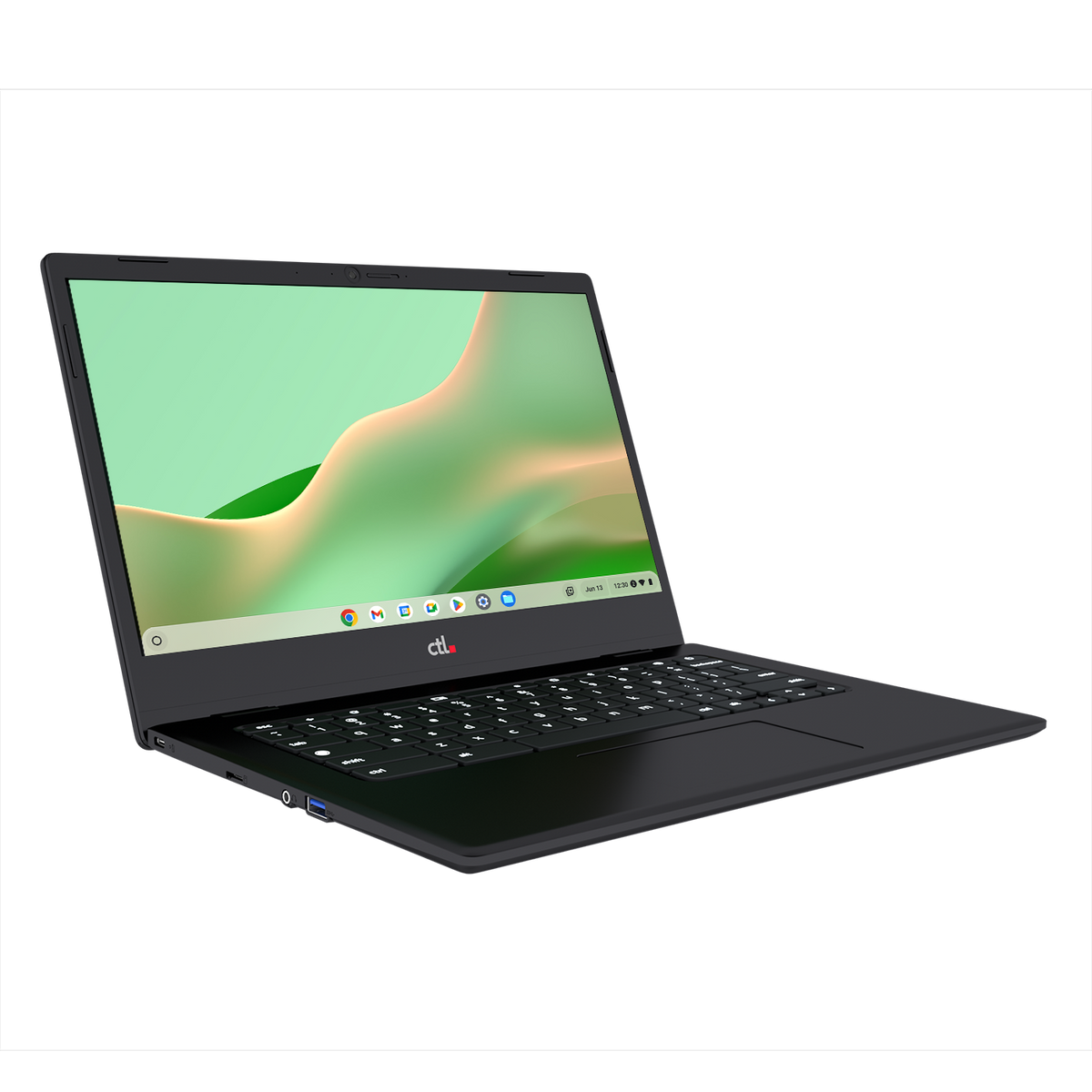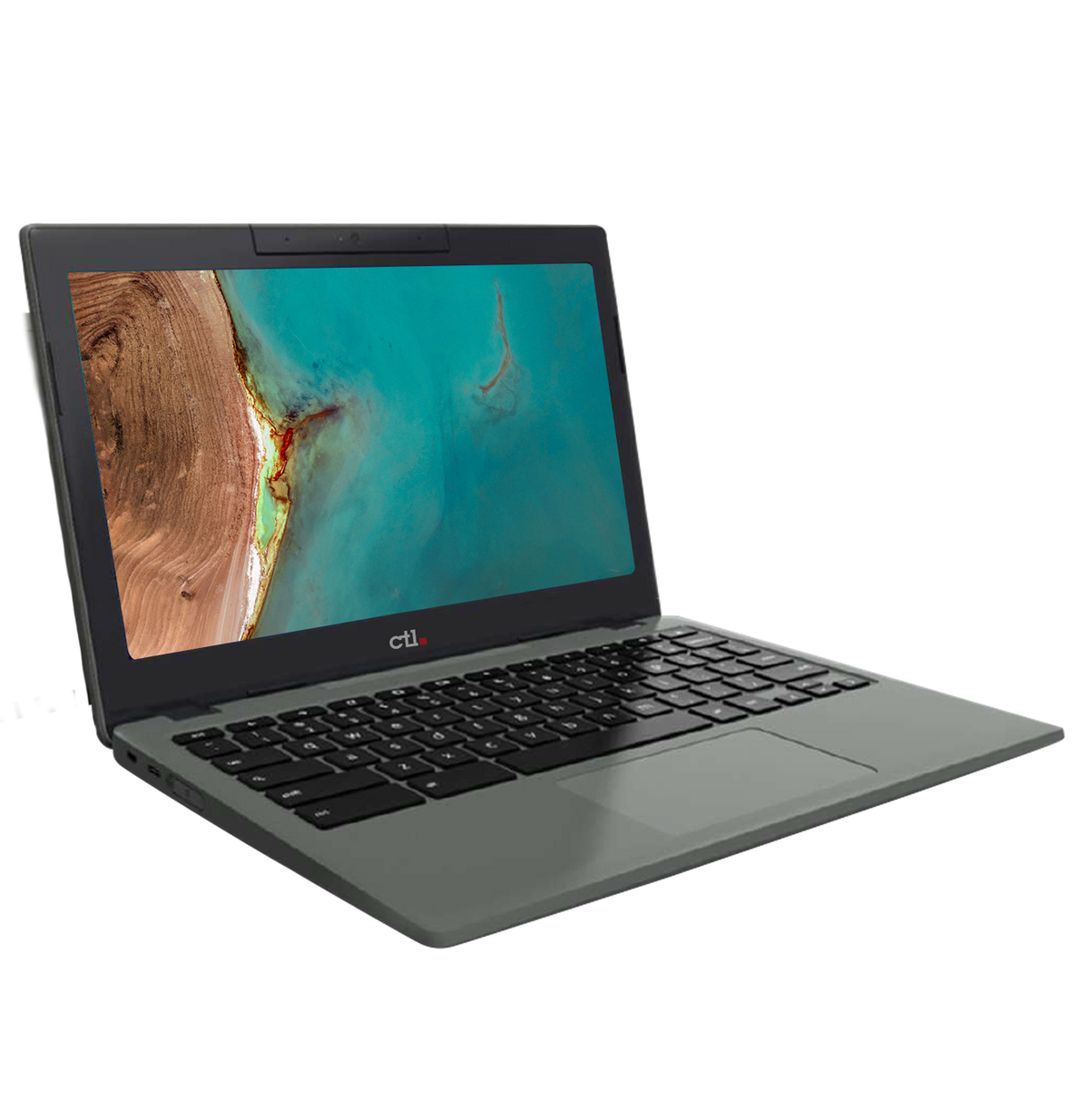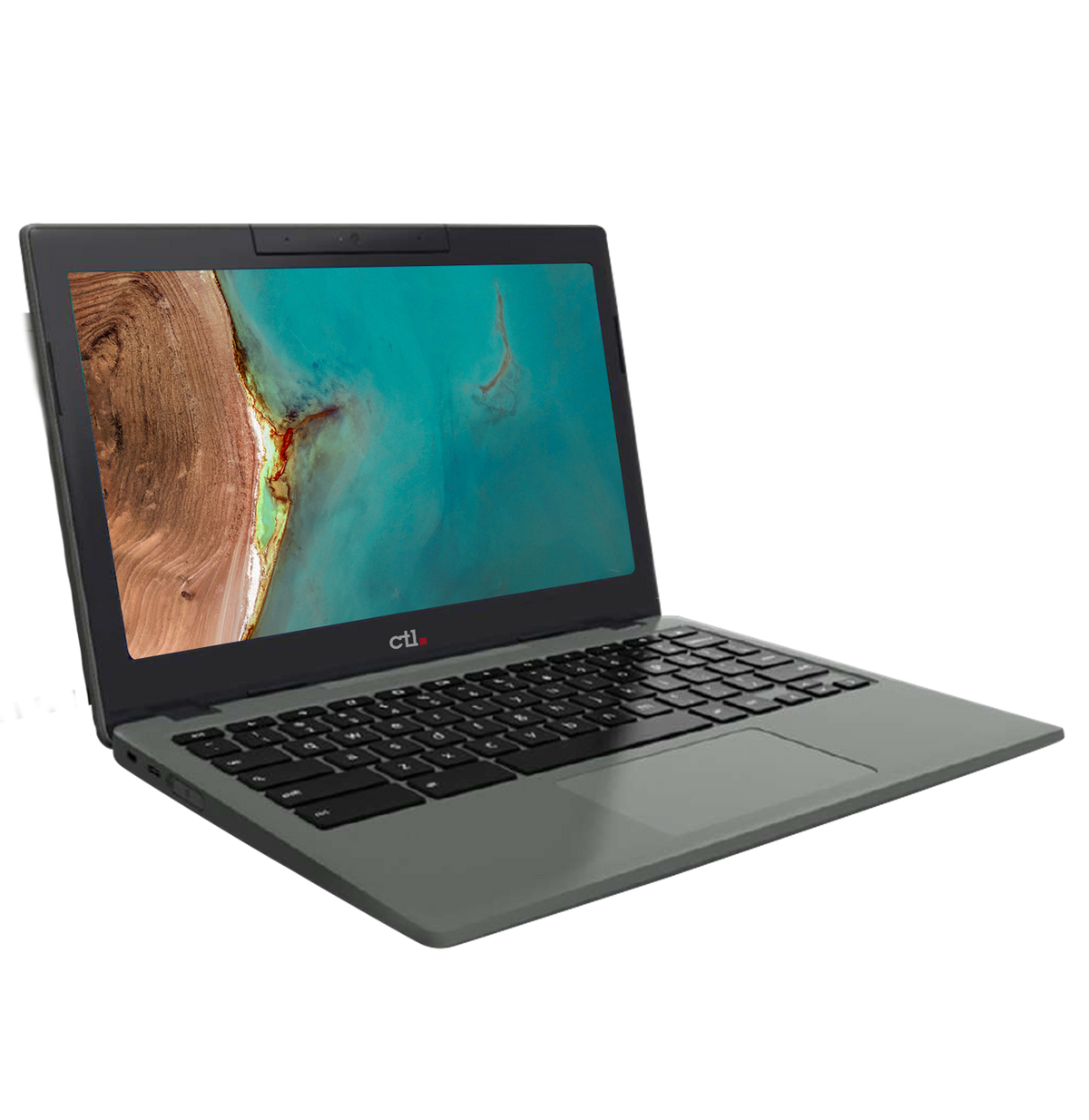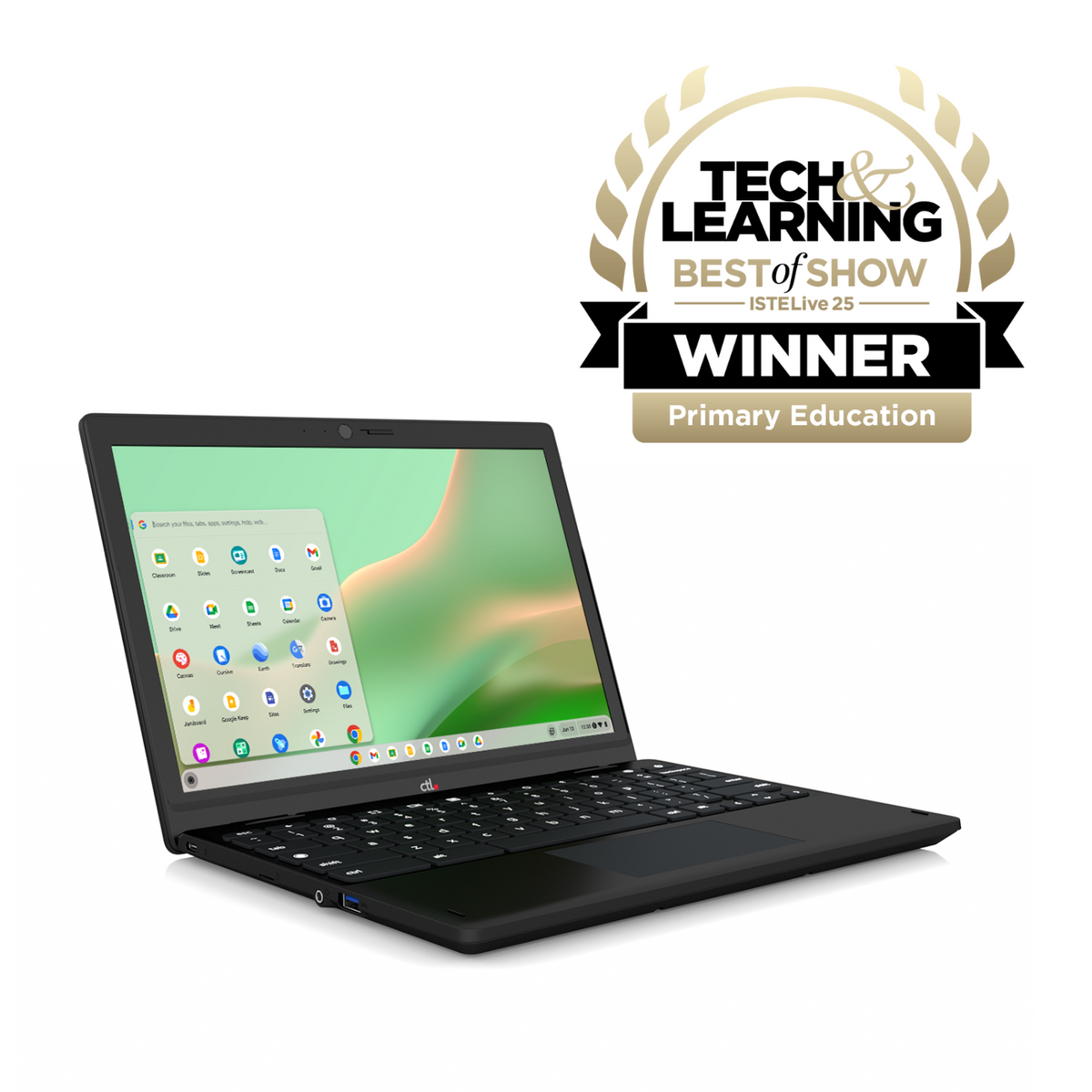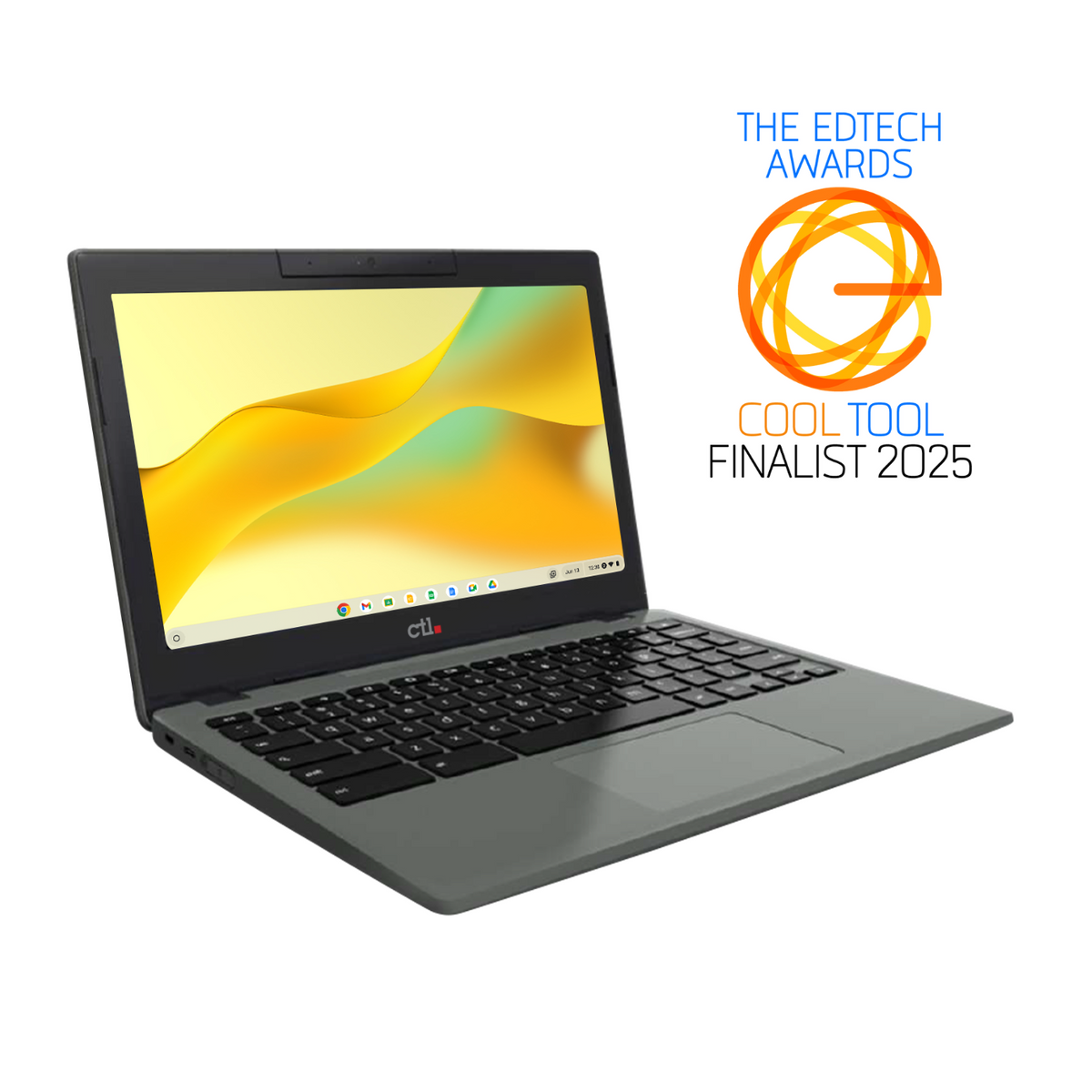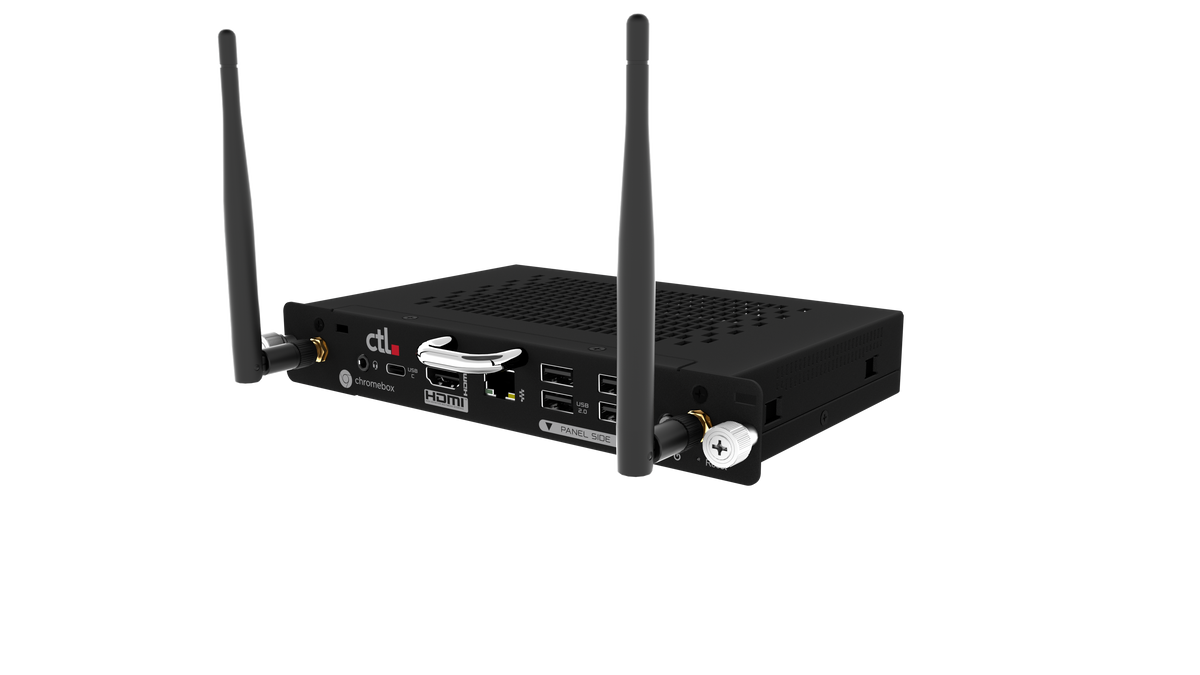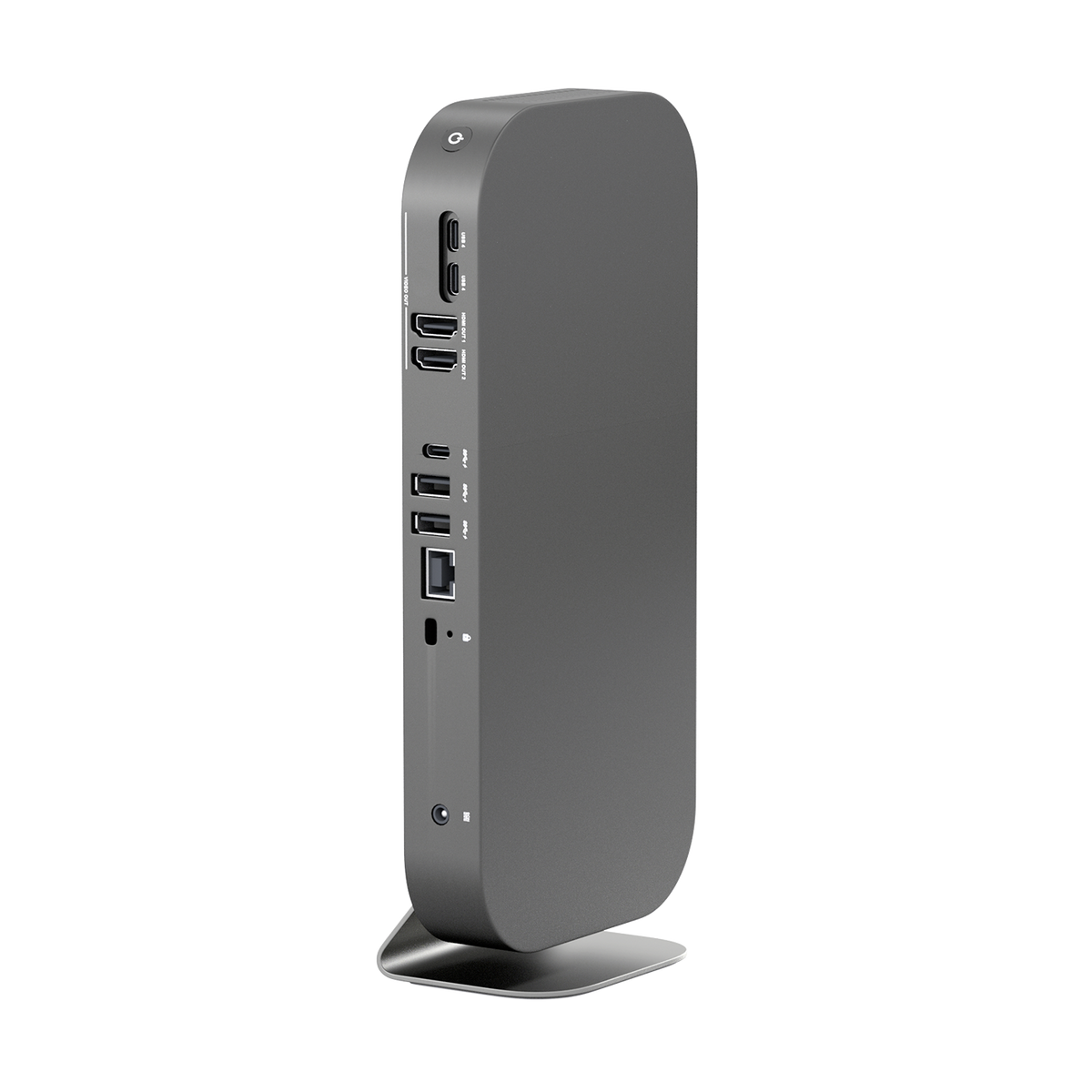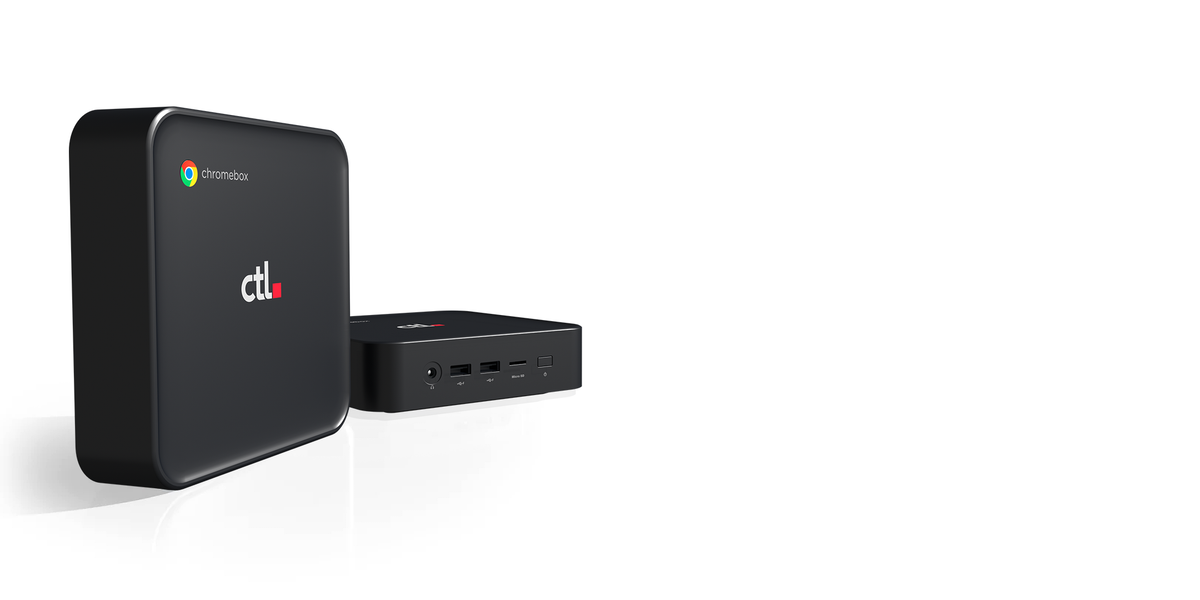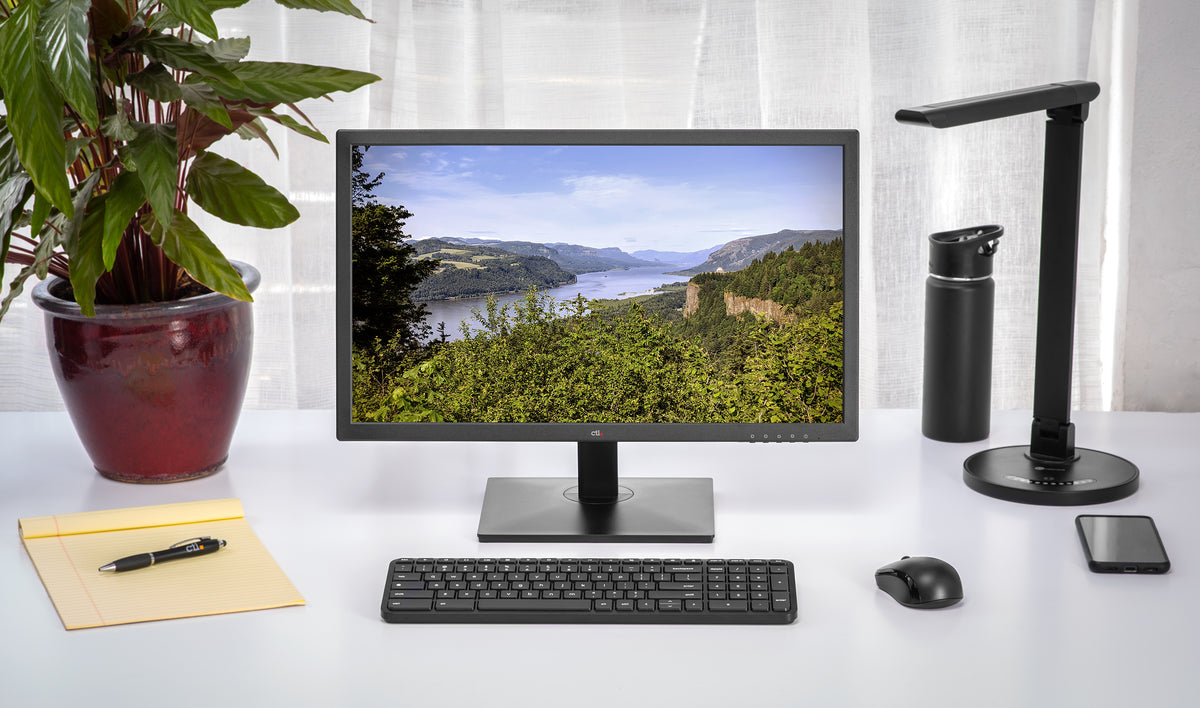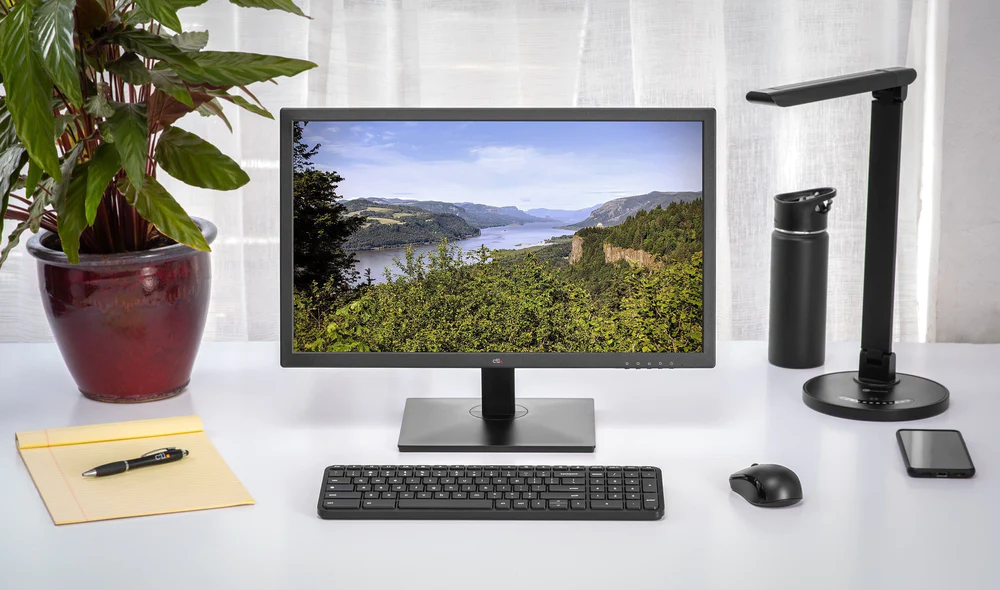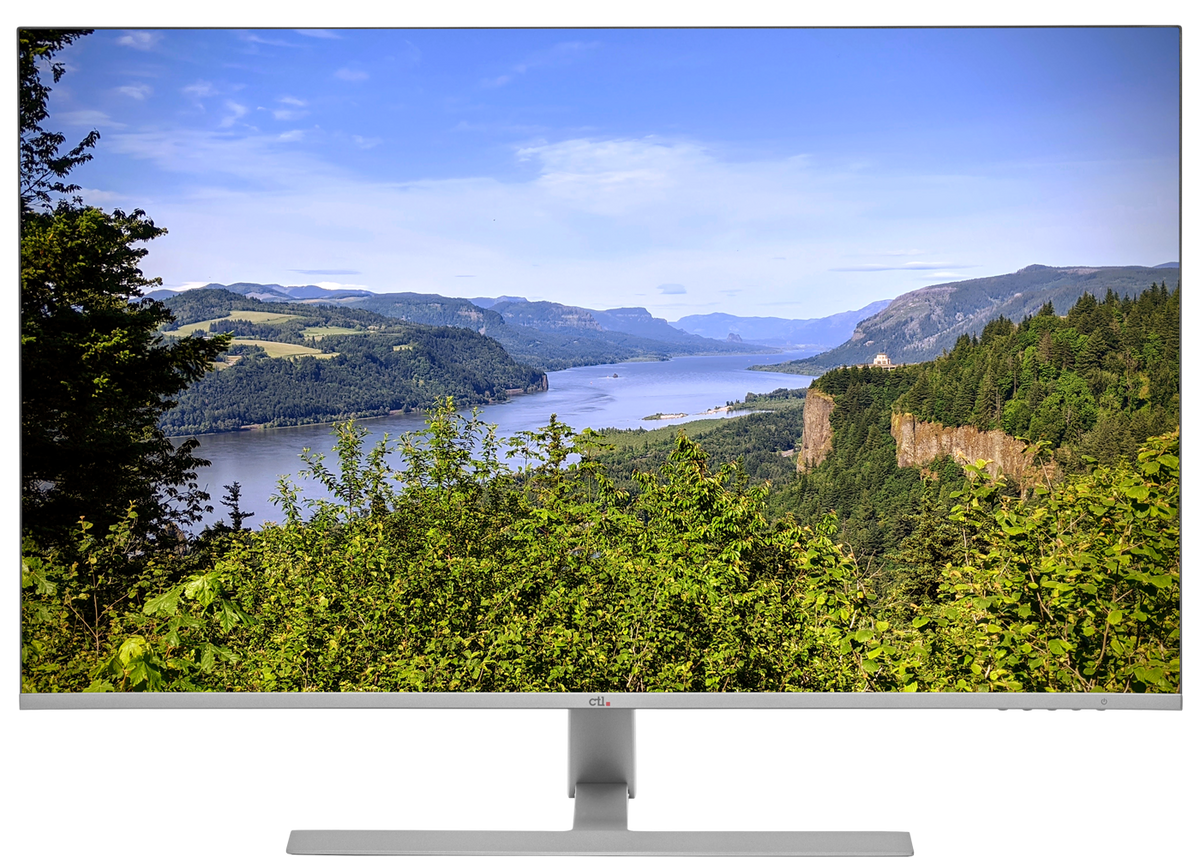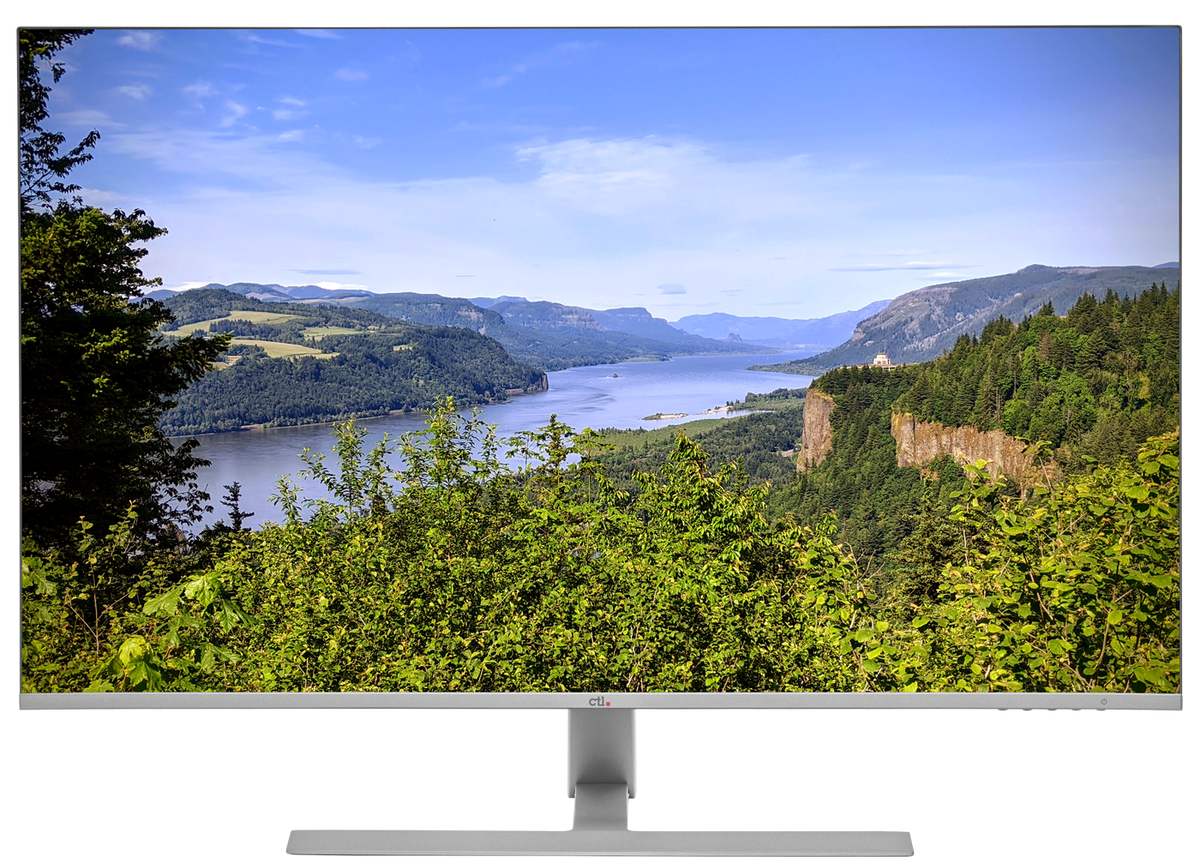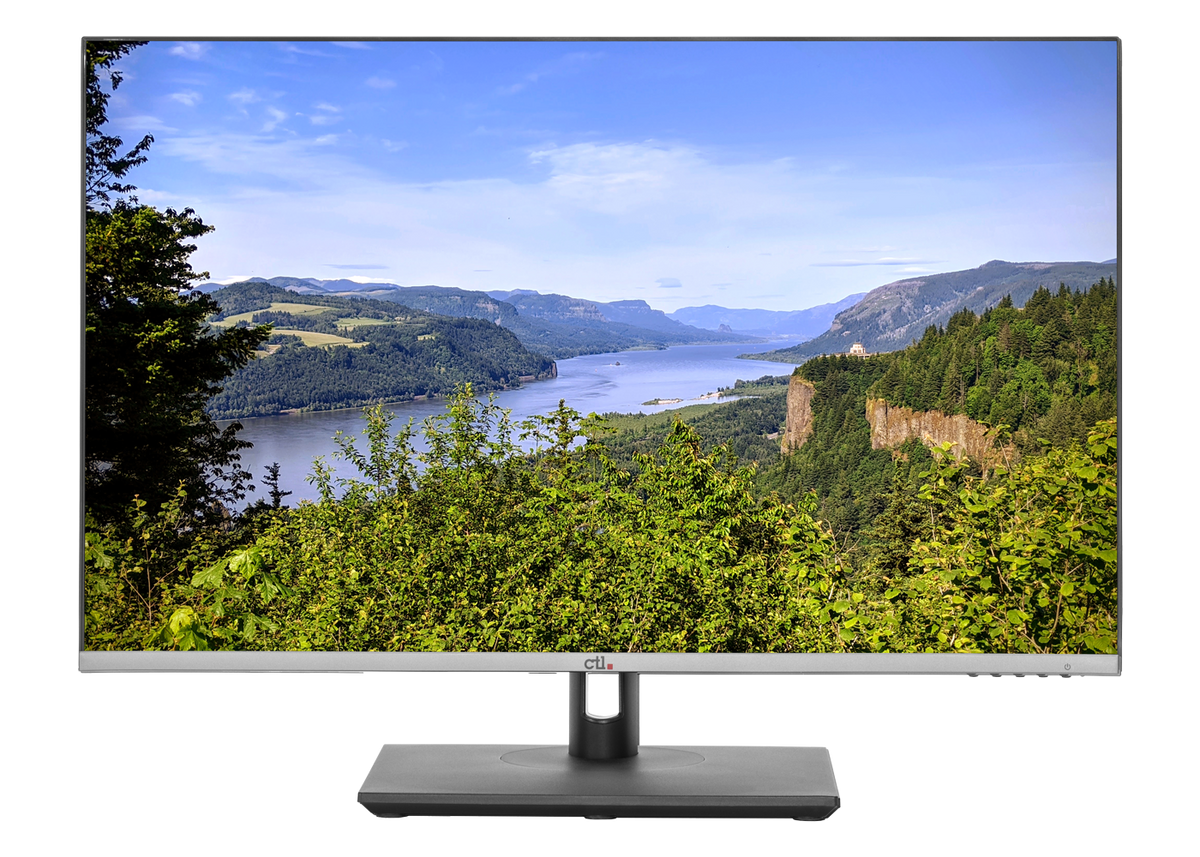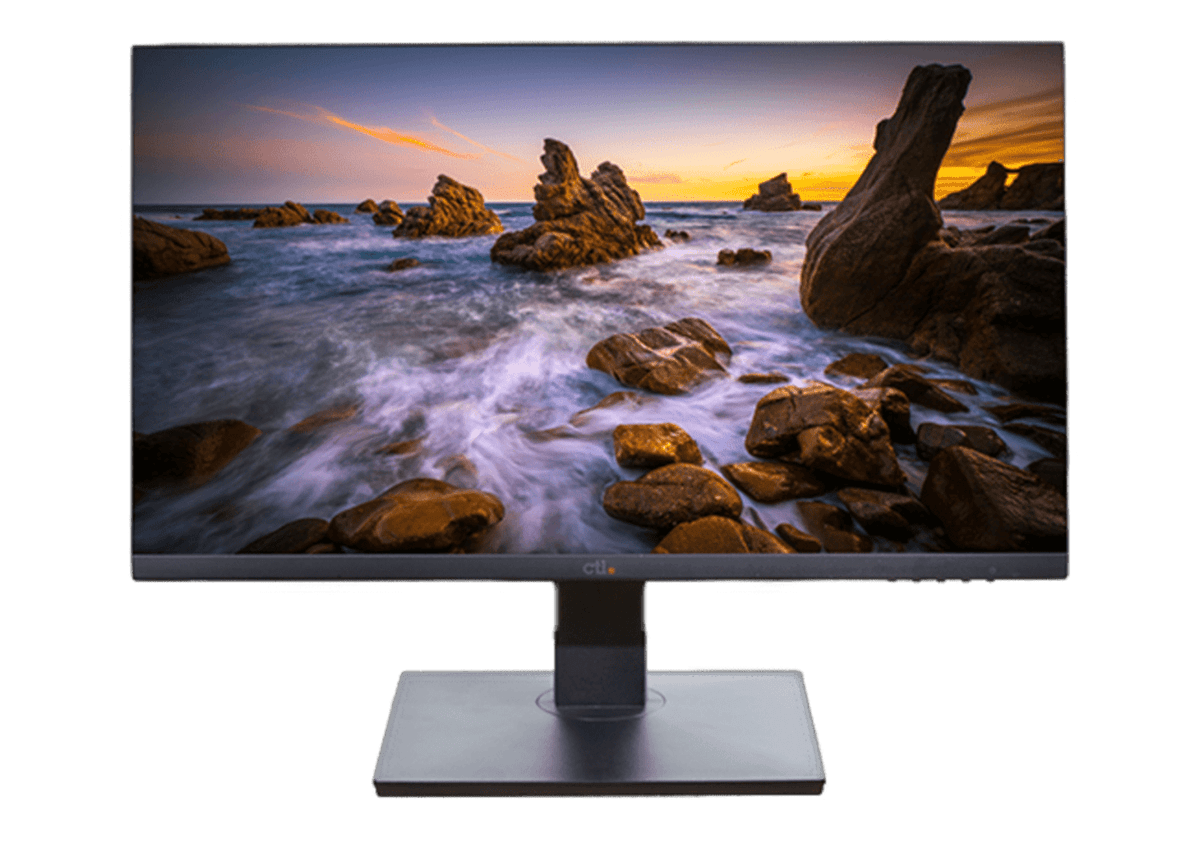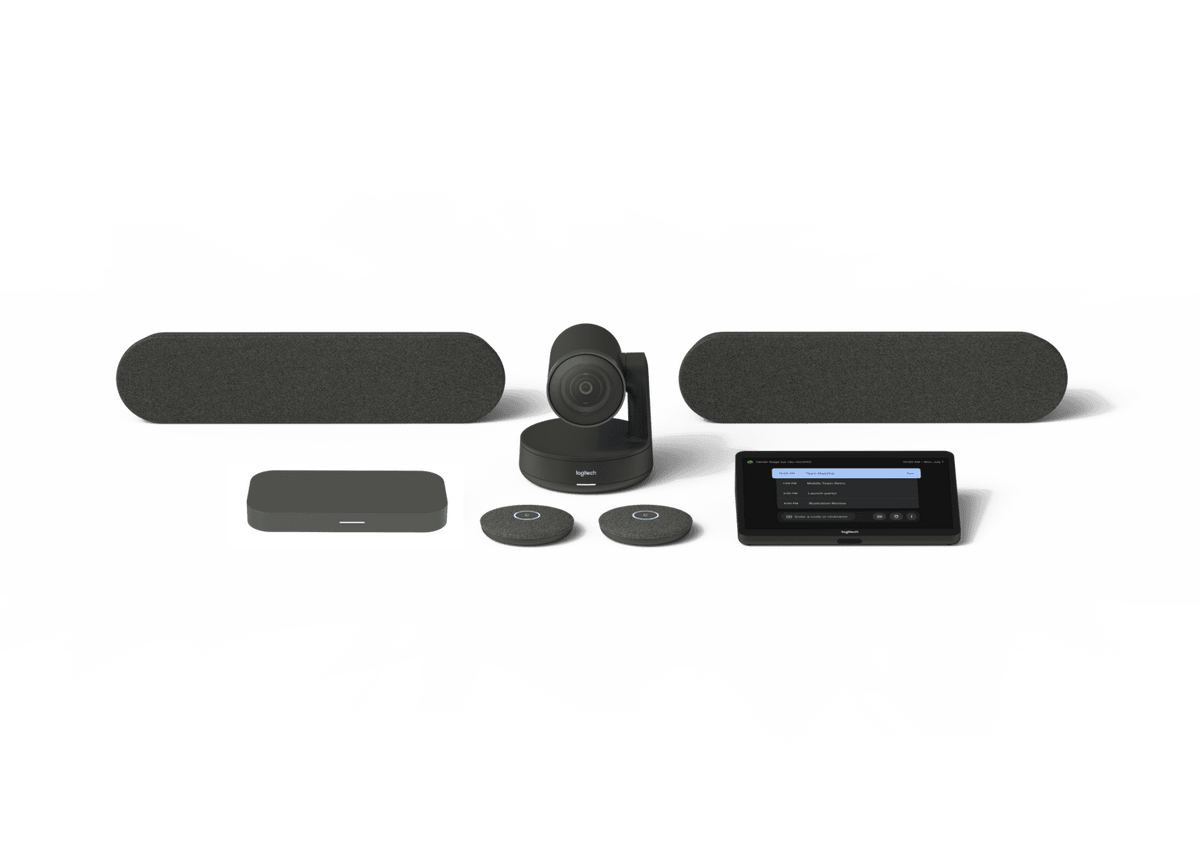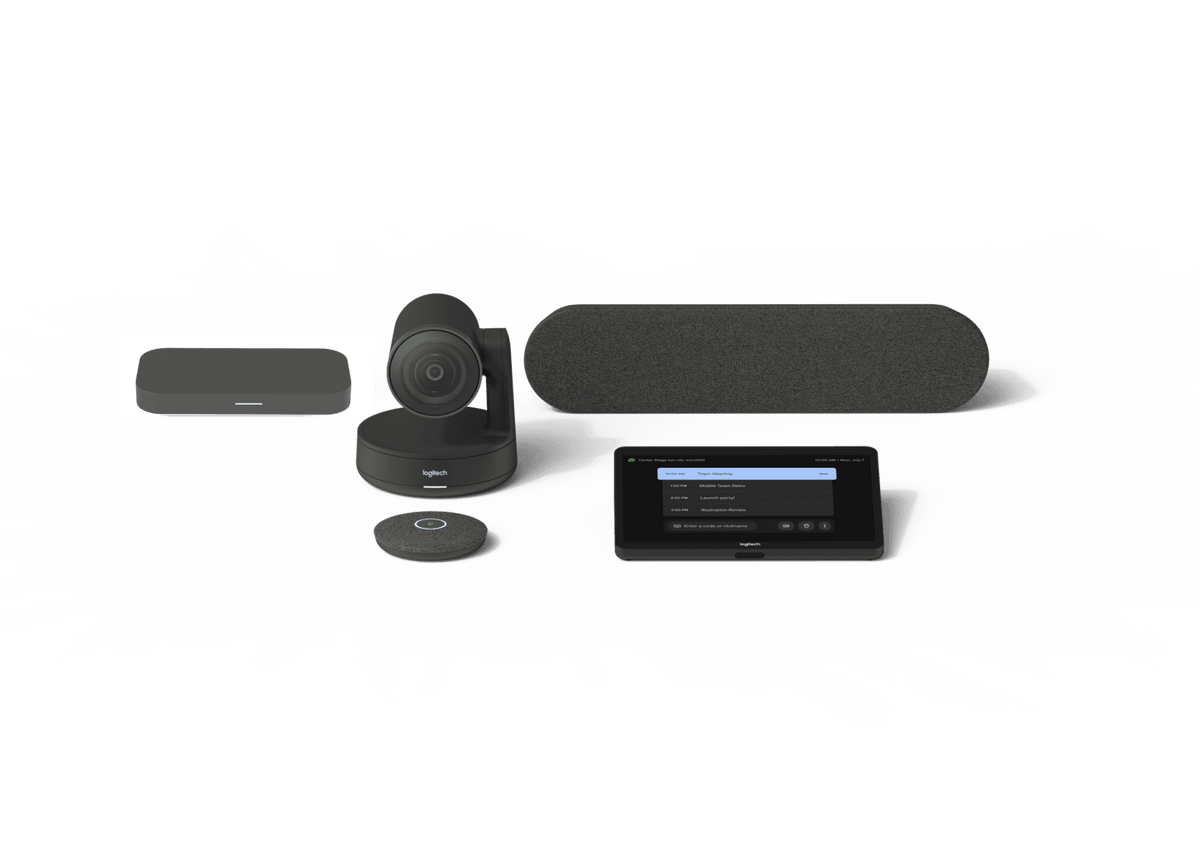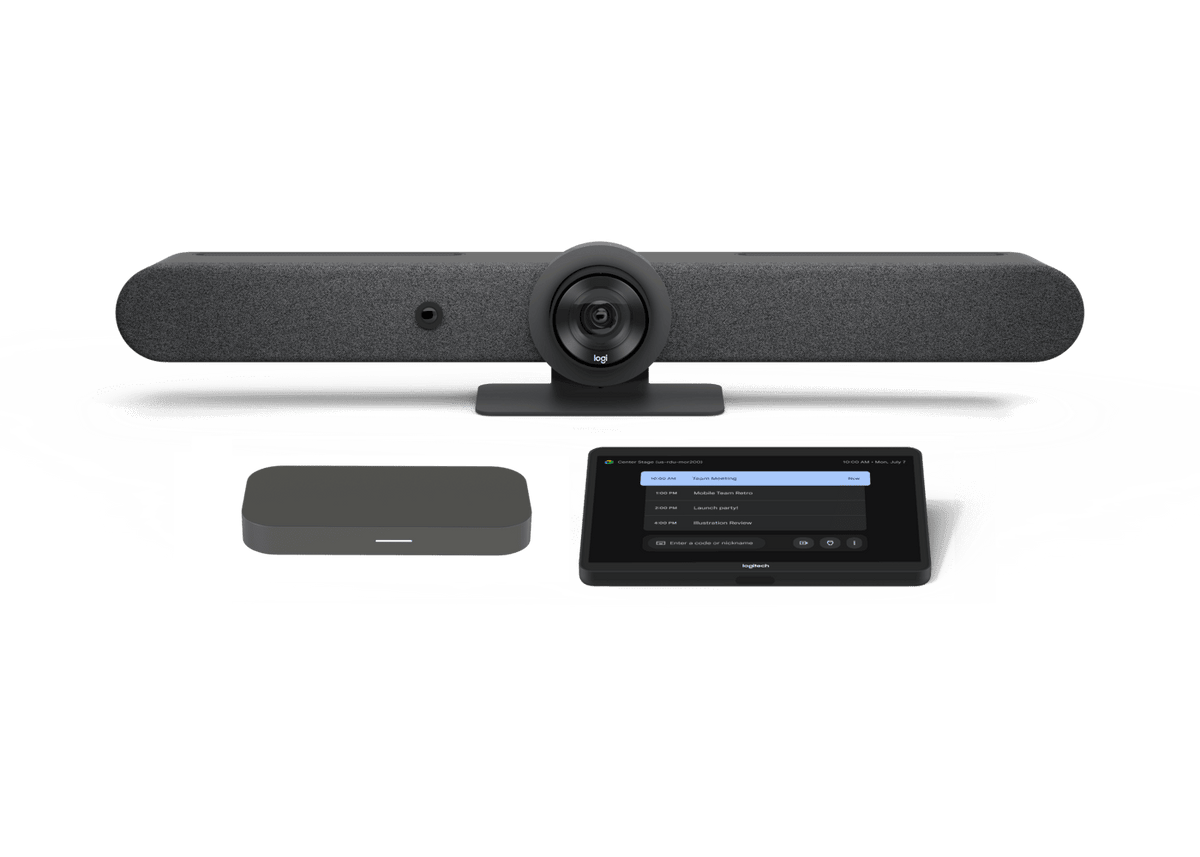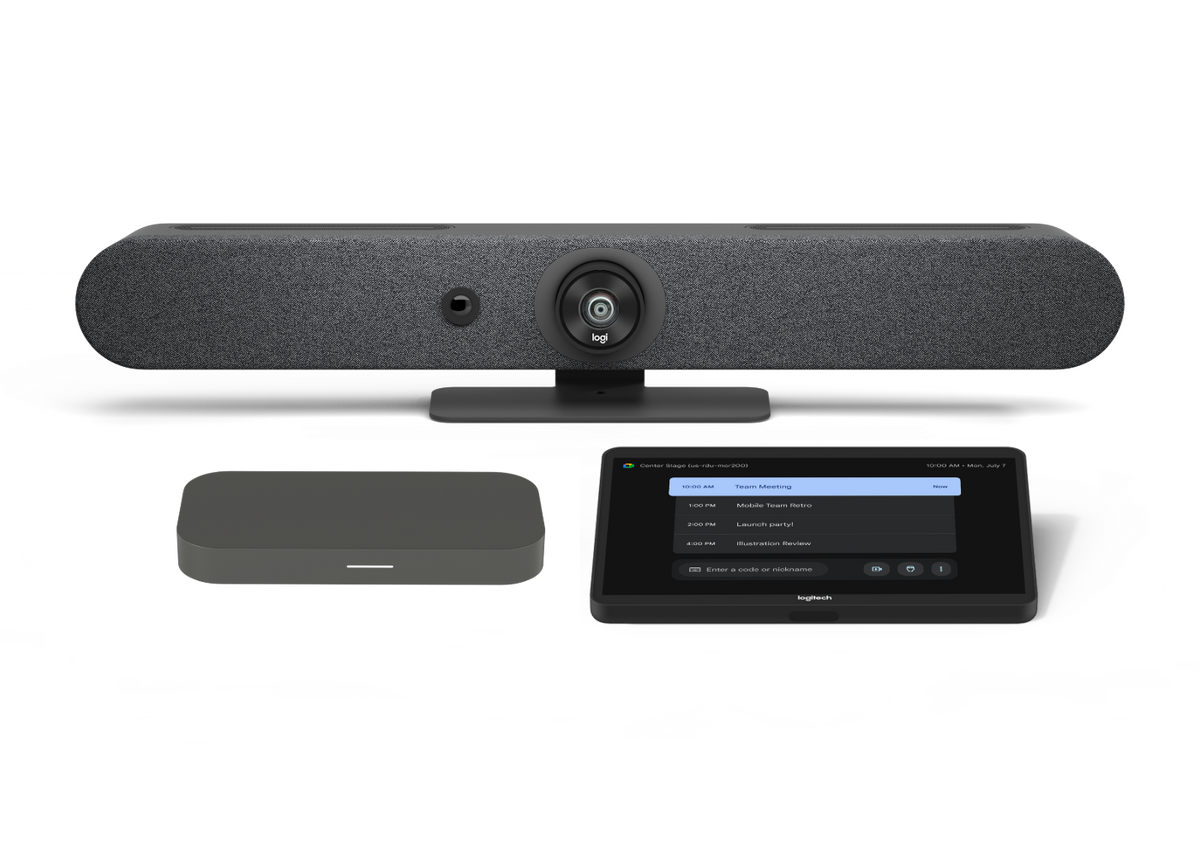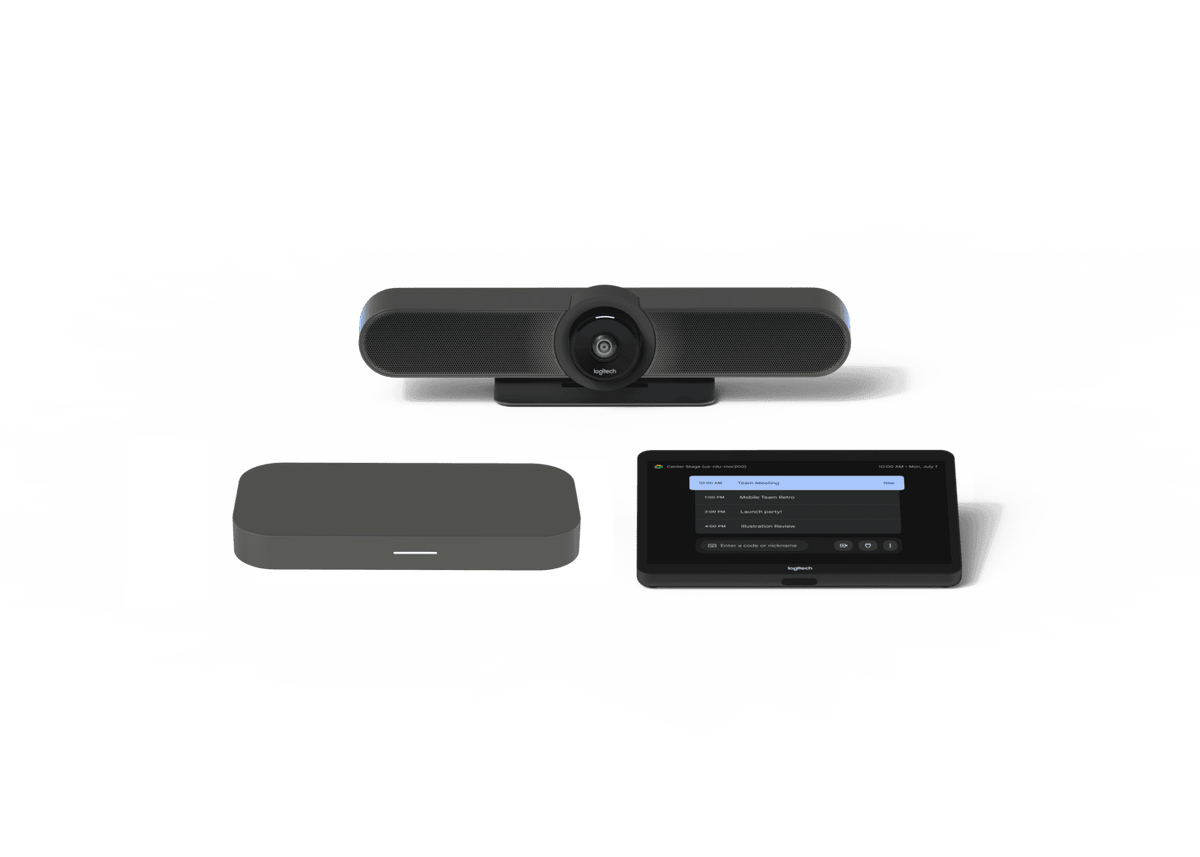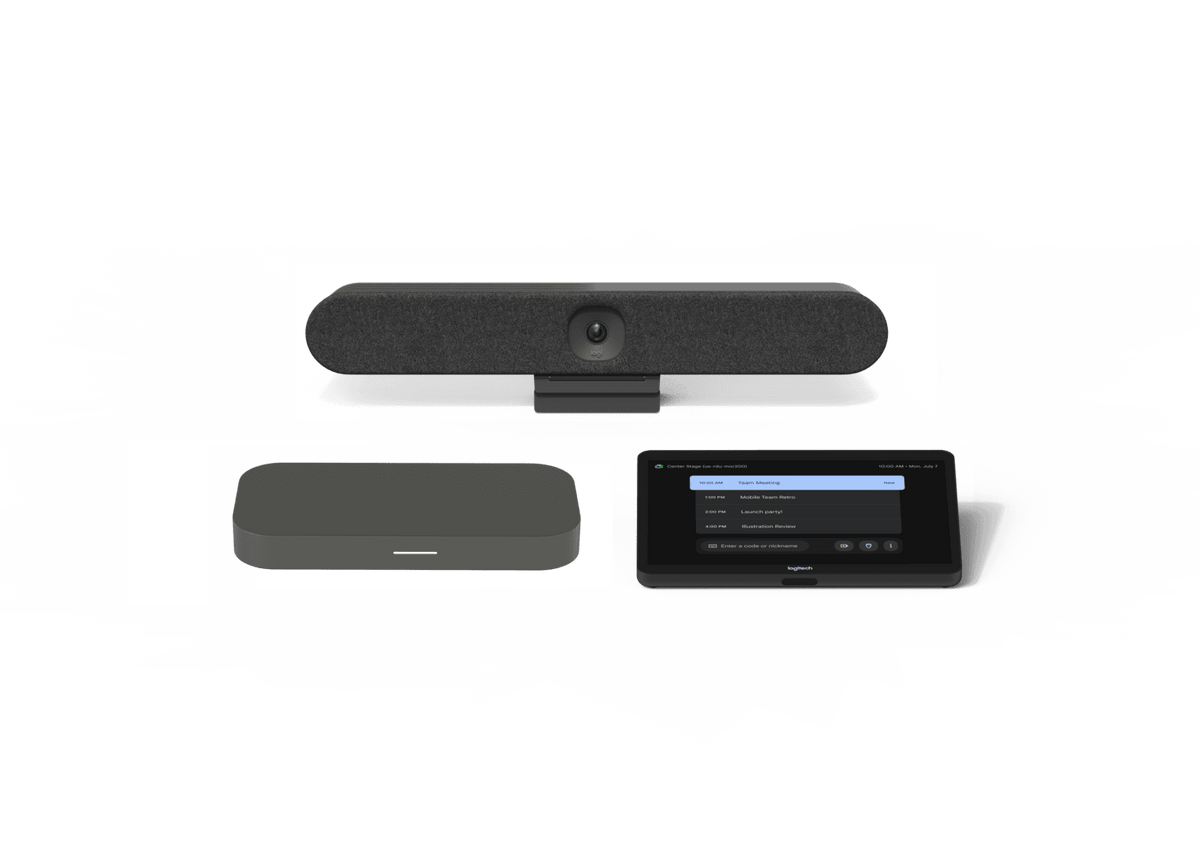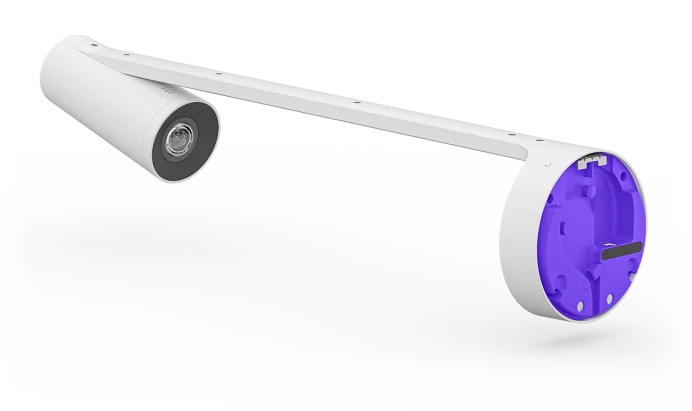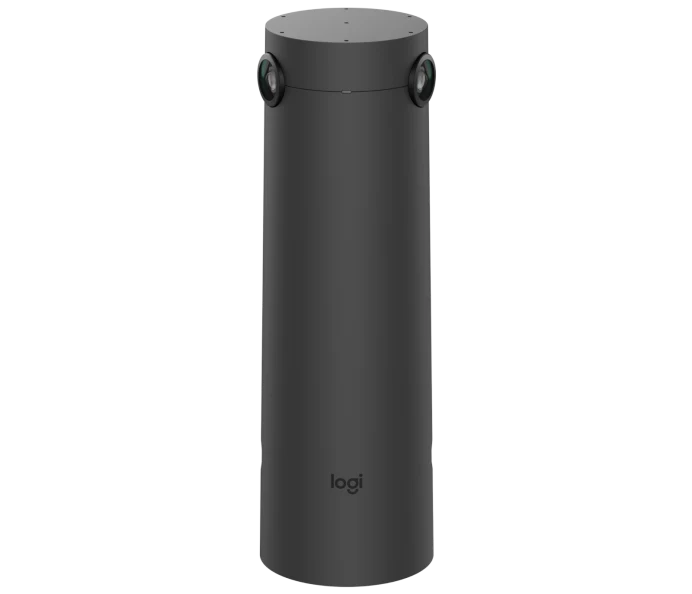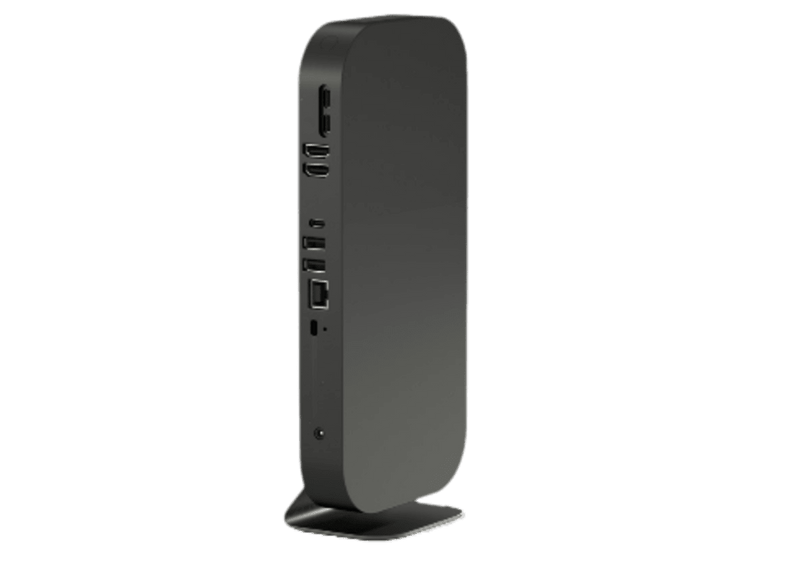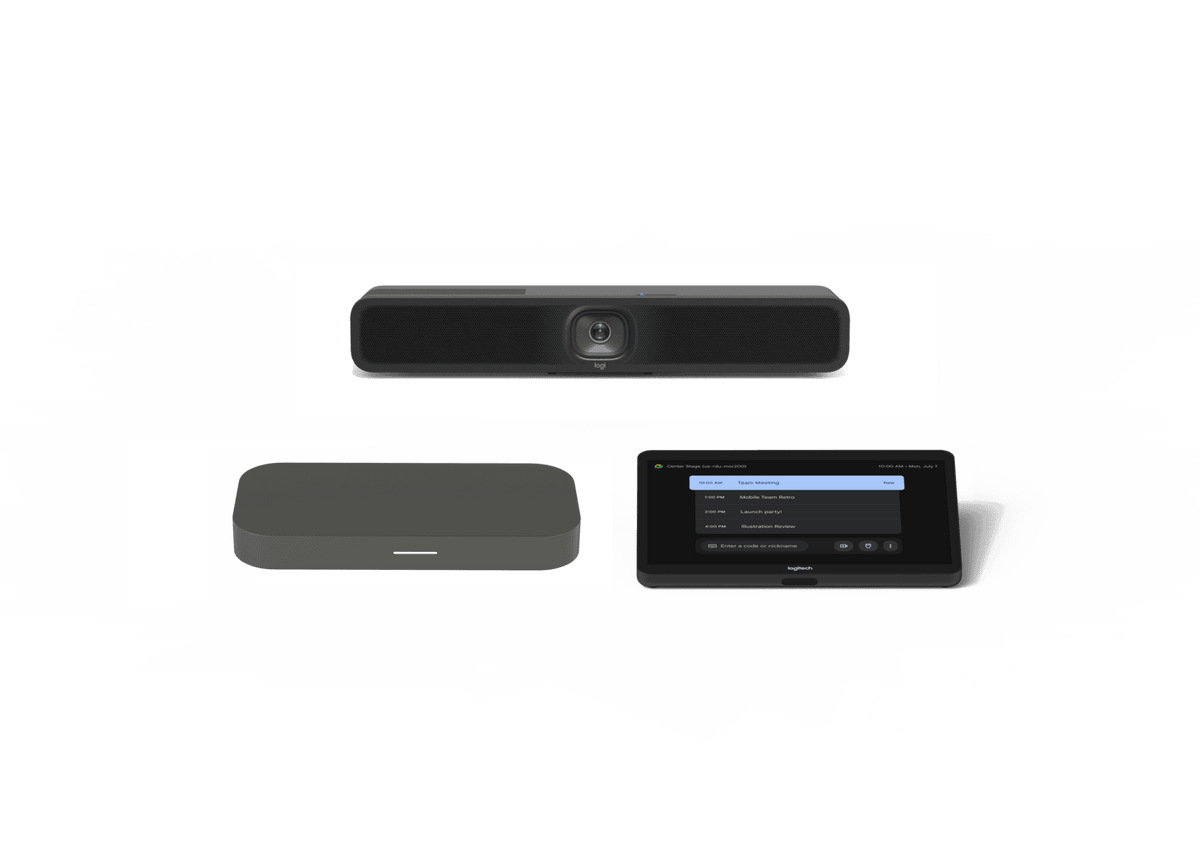Interactive displays have become indispensable tools in modern classrooms and dynamic meeting spaces, transforming how we learn, collaborate, and present information. Many of these displays, however, come with their own integrated (and sometimes limited) internal operating systems or rely on Windows or other operating systems, which can be outliers in a school that is standardized on the Google for Education ecosystem.
Many schools have sought to bring the power of ChromeOS to these panels for easier device management, integration with Google Workspace and other Google toolsets, and homogeneity across classroom technologies. Until recently, the only choice was ChromeOS Flex, where an external PC is connected to the display via cables or other methods. However, now there is a new device: a Chromebox OPS (Open Pluggable Specification) module, that turns any interactive display with a standard OPS slot into a native ChromeOS device.
Now there are two approaches to bringing ChromeOS to a classroom’s interactive panels. Understanding how they’re similar and how they’re different can help you make the best decision to satisfy your performance, manageability, budget, and security long-term needs.
ChromeOS Flex on an External PC
ChromeOS Flex is Google's free operating system that can be installed on compatible older PCs and Macs, essentially turning them into Chromebooks. ChromeOS Flex can breathe new life into older machines by providing faster boot times, better responsiveness, and improved overall performance. ChromeOS Flex carries some of the security features of ChromeOS, although the hardware-backed security features found in native ChromeOS devices like Chromeboxes or Chromebooks are not supported.
How it works with an interactive display. You install ChromeOS Flex onto a PC - laptop, mini, etc. - and then connect that PC to your interactive display via HDMI and USB (for touch functionality). The interactive display acts simply as a monitor for the ChromeOS Flex device.
Chromebox OPS (Open Pluggable Specification)
A Chromebox OPS is a specialized, compact computer running ChromeOS that plugs directly into a standardOPS slot found on the back of many modern interactive displays. The Chromebox OPS runs ChromeOS, Google's operating system, which is known for its ease of use, security features, and focus on cloud-based applications. For example, the Chromebox OPS incorporates multiple layers of security, including verified boot, sandboxing, and data encryption, to protect user data and the system from malware. Featuring fast performance and boot times, Chromebox OPS also supports Android apps from the Google Play Store and Linux apps, expanding its functionality. Like Chromebooks and Chromebook Plus devices, the Chromebox OPS is easily managed from the central Google Admin console.
How it works with an interactive display. The Chromebox OPS slides directly into the display's OPS slot (no extra cables required), turning the display into a native ChromeOS device with all the inherent features and benefits..
Comparison Chart: ChromeOS Flex vs. Chromebox OPS
|
Feature |
ChromeOS Flex on External PC or Mac |
Chromebox OPS (e.g., CTL Chromebox OPS OPx1-3) |
|
Integration |
External, cabled connection |
Seamless, integrated slot-in standard OPS port |
|
Cable Management |
More cables (HDMI, USB, Power) |
Minimal to no external cables |
|
Physical Security |
External device, potentially more vulnerable to theft |
Integrated into display, more secure |
|
Performance |
Varies based on PC or Mac hardware (can be inconsistent) |
Optimized, consistent high performance native ChromeOS is known for |
|
ChromeOS Experience |
Full ChromeOS, but limited security features and Android app support |
Full, native ChromeOS with complete security features and Android app support |
|
Google Security Chip |
No |
Yes, for enhanced verified boot security |
|
Firmware/BIOS Updates |
From PC or Mac manufacturer (manual management) |
Directly from Google (automatic, long-term support) |
|
IT Management (Google Admin Console) |
Yes, but physical deployment is less streamlined |
Seamless, highly streamlined for fleet management |
|
Hardware Cost |
Potentially free (if reusing hardware) |
Upfront purchase cost, typically less than a PC or Mac |
|
Total Cost of Ownership |
Can be higher due to maintenance, IT time, less longevity |
Lower due to simplified management, extended display life |
|
Ideal Use Case |
Basic functionality, very tight budget, repurposing old hardware, not requiring App Store or Google software tools |
Professional environments (schools, businesses) prioritizing reliability, security, ease of management, and longevity |
Making the Right Choice for Your Organization
The decision between ChromeOS Flex on an external PC/Mac and a Chromebox OPS for your interactive displays boils down to your priorities:
-
For ultimate budget savings and repurposing old, compatible hardware, ChromeOS Flex can be a viable option, especially for less critical applications, and act as a stop-gap if you don’t have budget this year.
-
For a truly integrated, high-performance, secure, and easily manageable solution with long-term support and future-proofing, the new Chromebox OPS is the superior choice. It offers a simpler installation, more robust security, natively integrates with your existing Google ecosystem, and simplifies life for your IT team.
For organizations like schools and businesses that rely heavily on interactive displays as central hubs for learning, information dissemination, and collaboration, investing in a dedicated Chromebox OPS, such as the CTL Chromebox OPS OPx1-3, provides a professional, scalable, and sustainable solution that unlocks the full potential of your display technology within the Google ecosystem.

